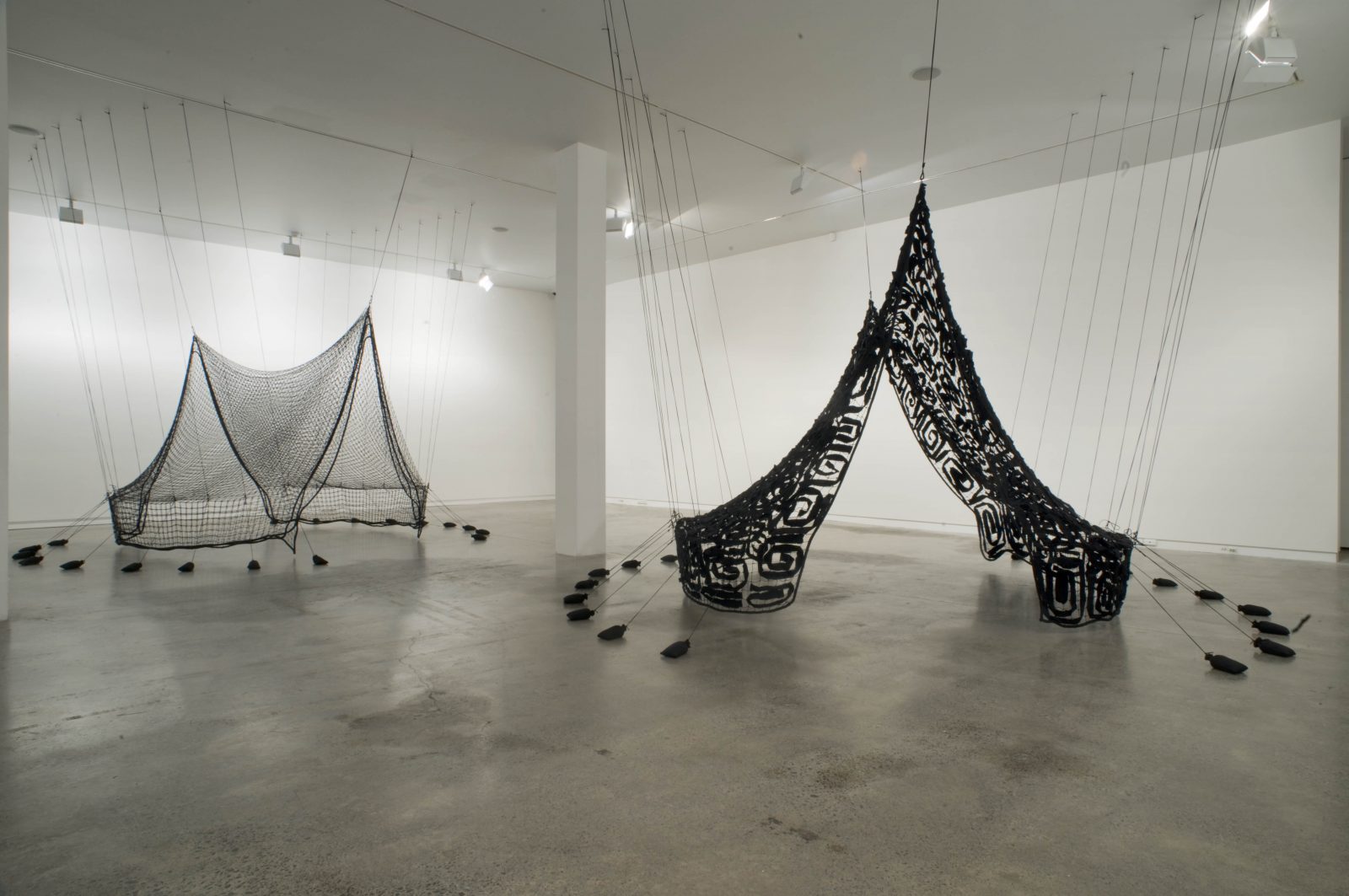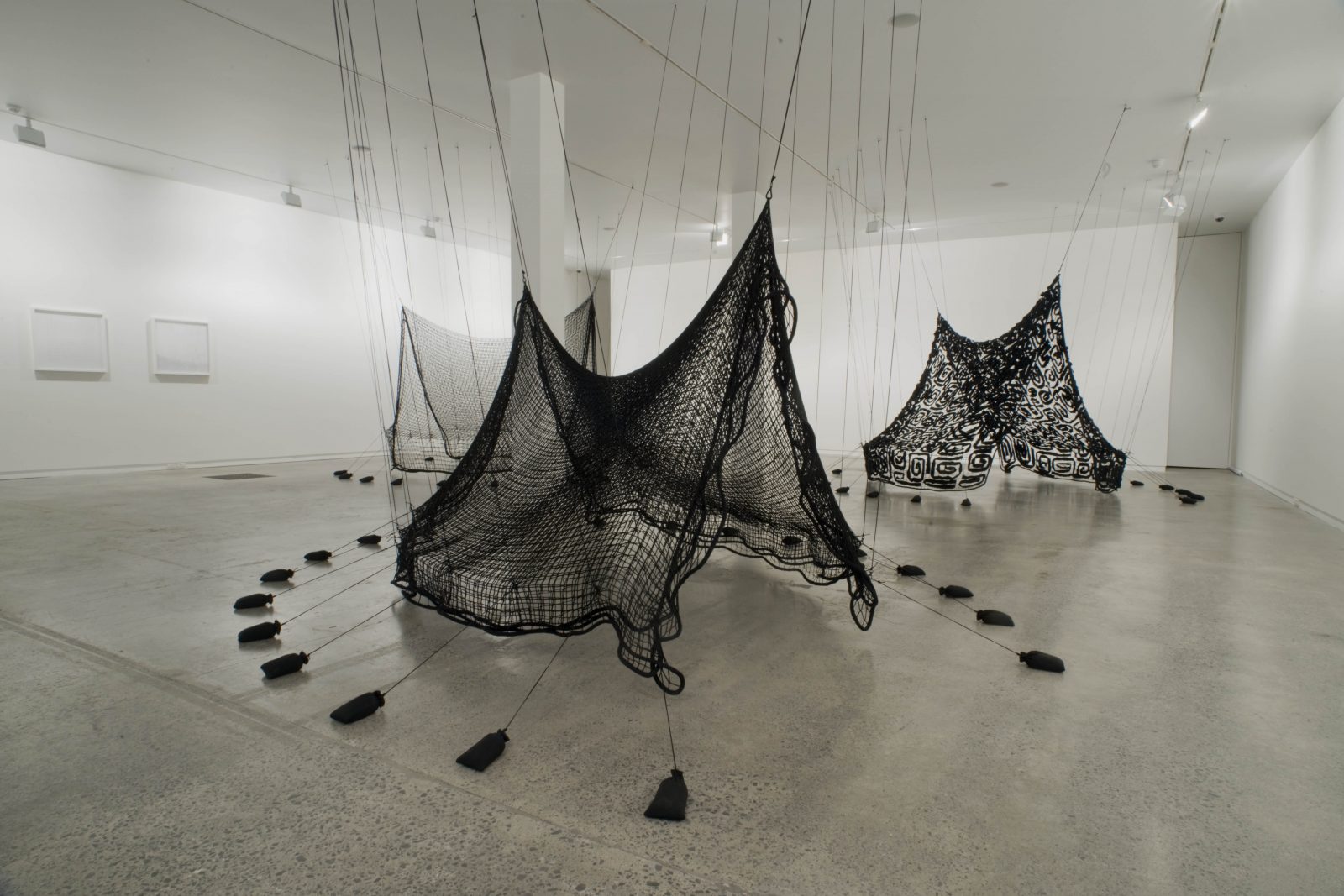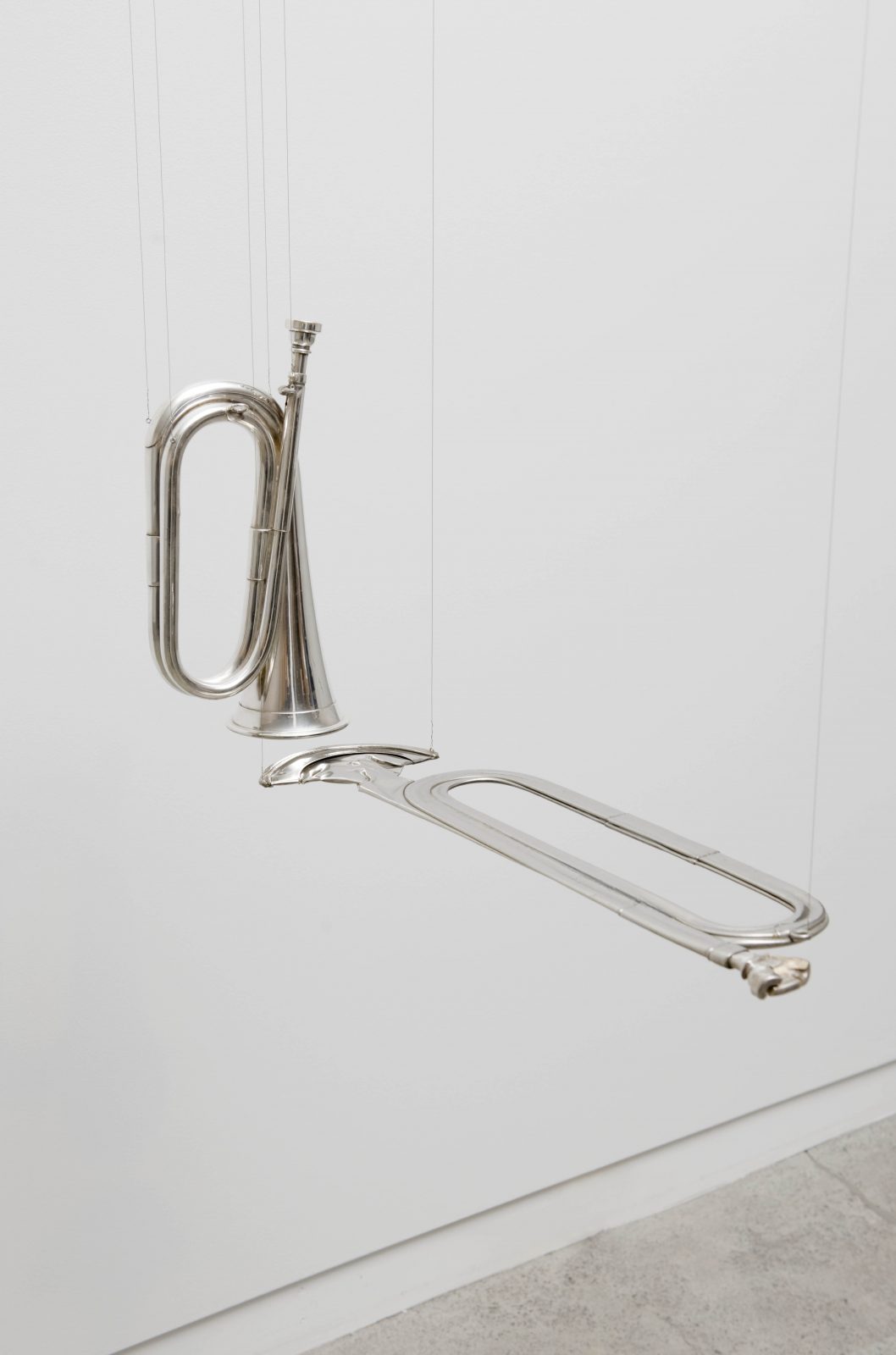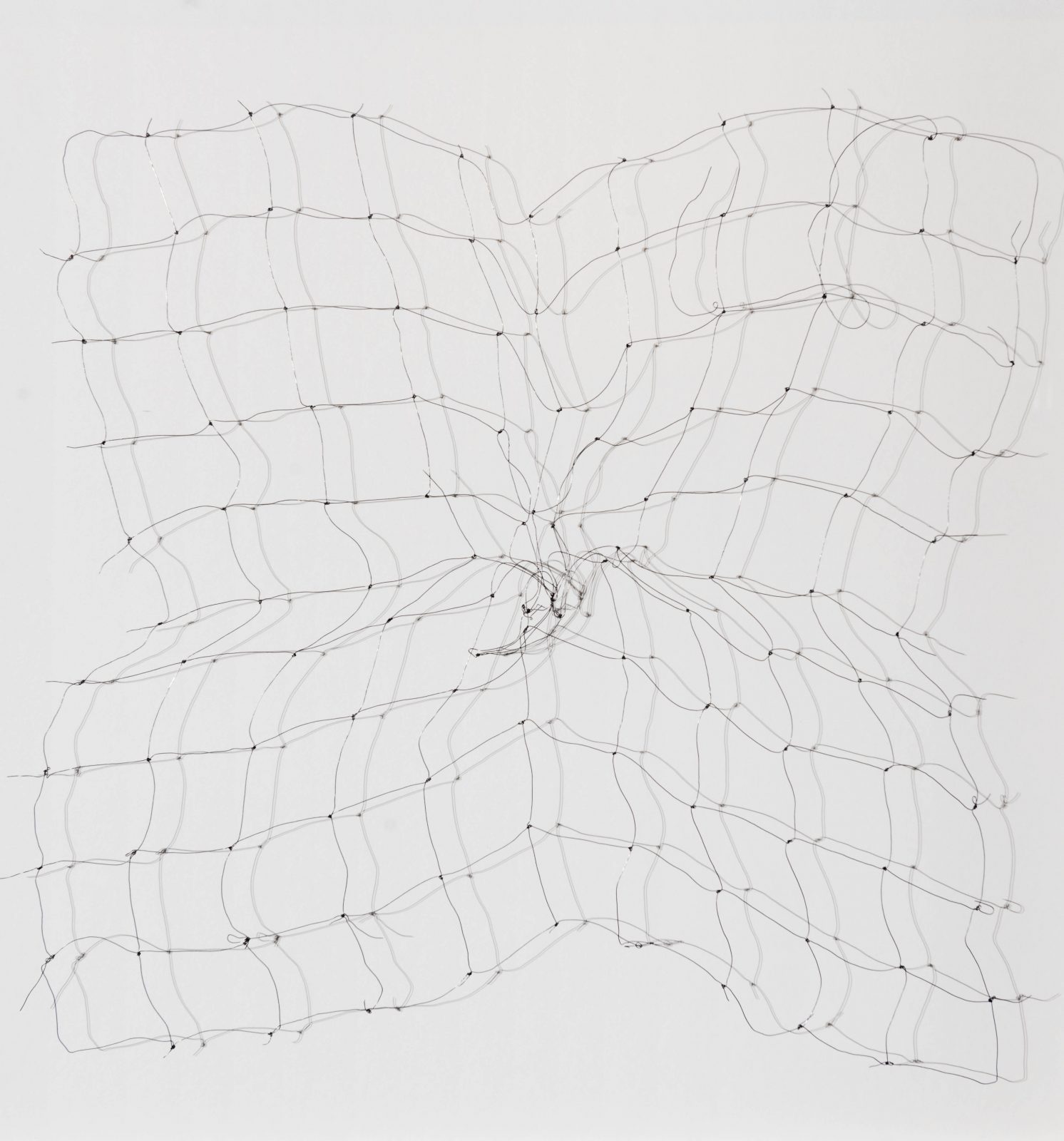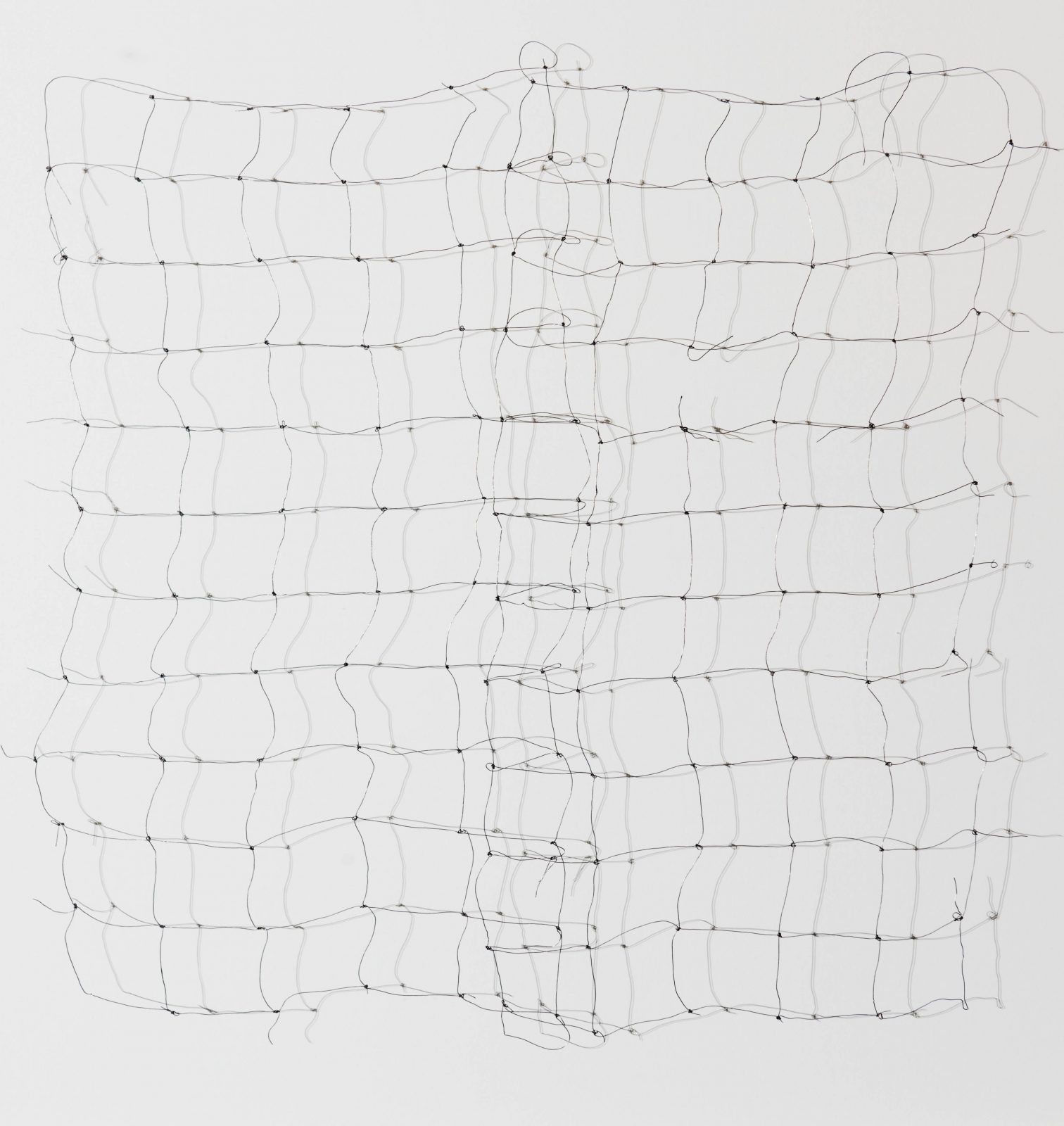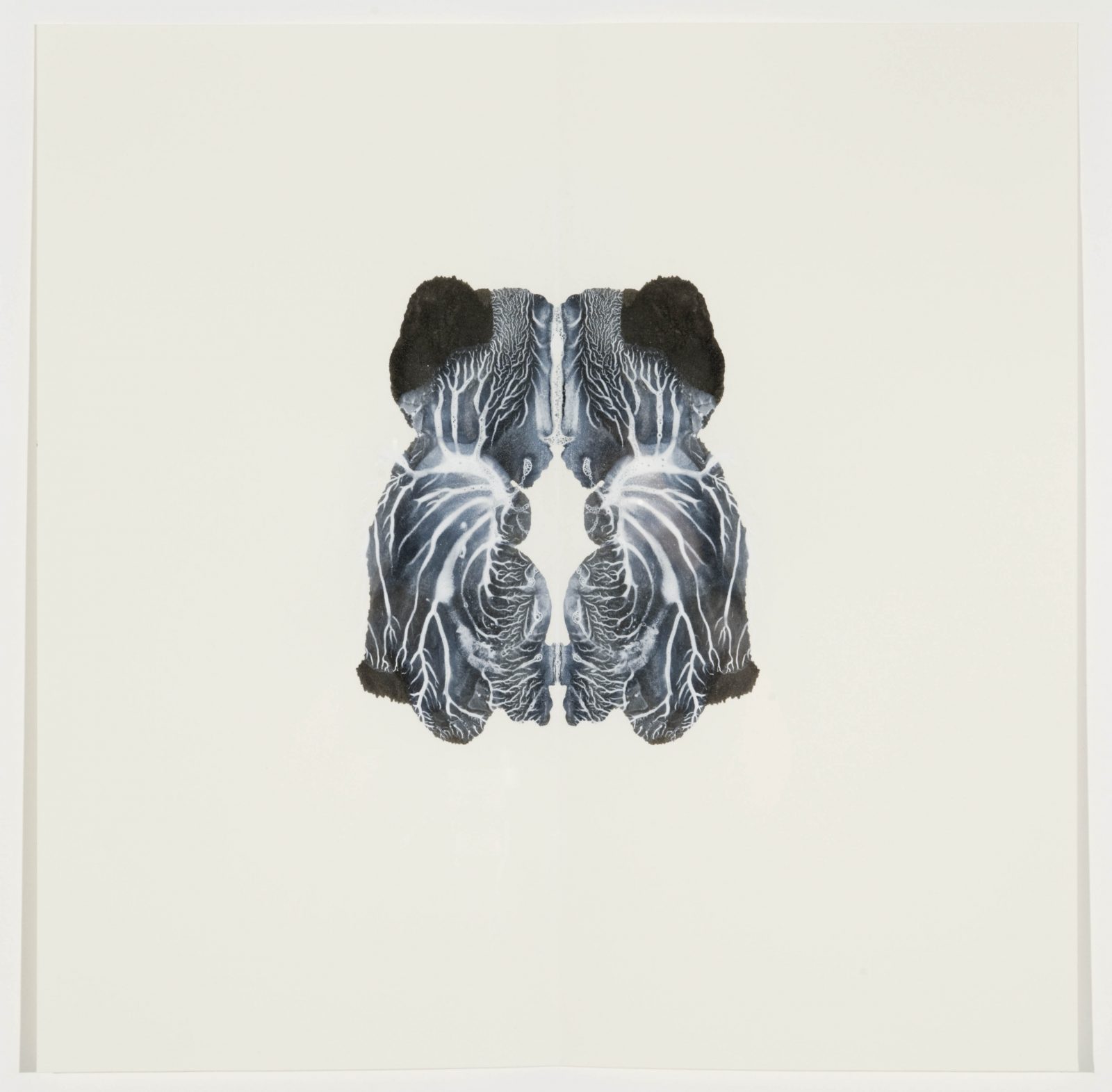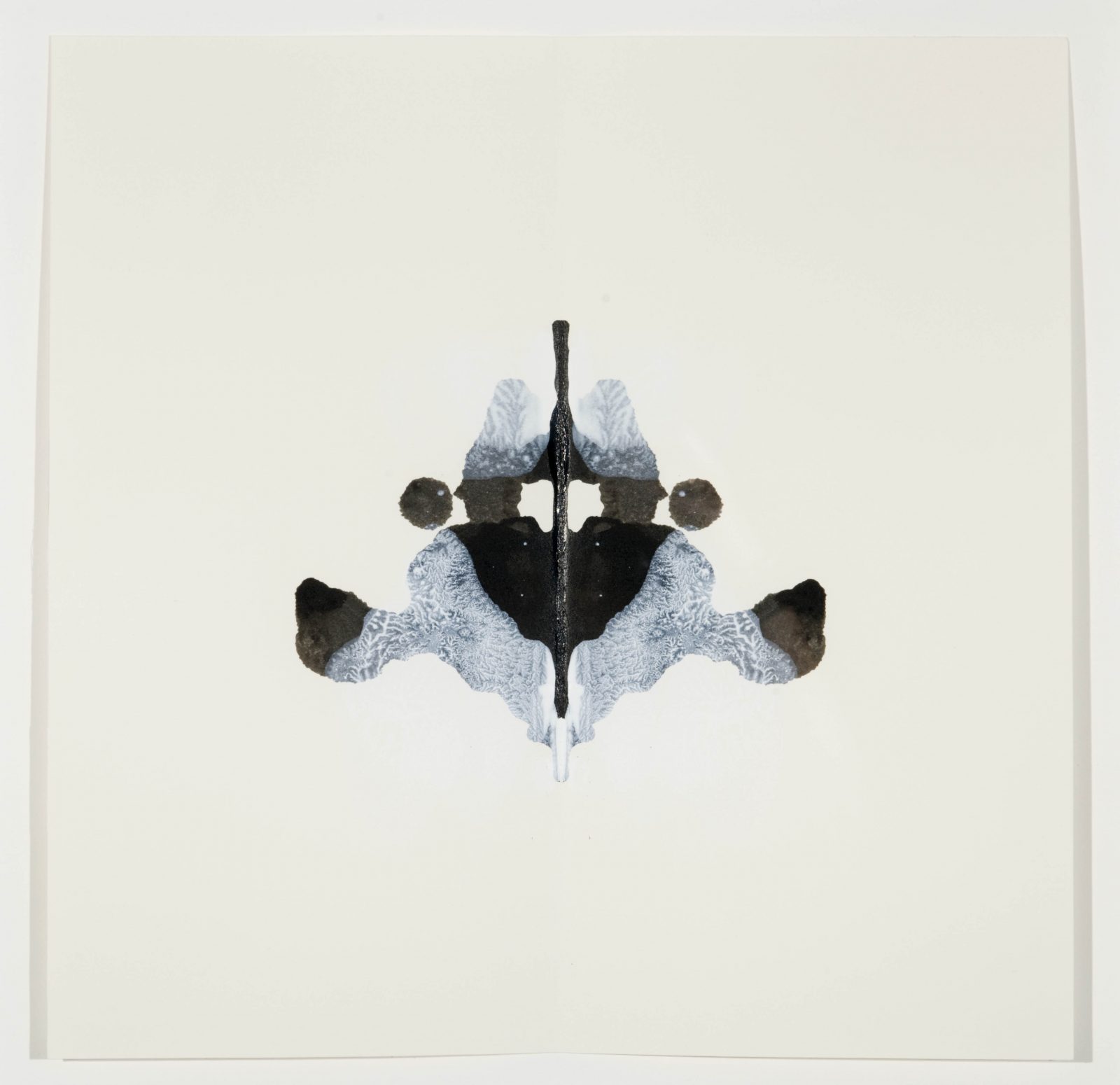Cornelia Parker
No Man’s Land
11 March - 10 April 2010
Cornelia Parker is best known for her large-scale site-specific installations, using found and transformed objects in order to reveal the history and possibility of objects that are often loaded with cultural meaning. ‘I resurrect things that have been killed off,’ she writes. ‘My work is all about the potential of materials – even when it looks like they’ve lost all possibilities.’ By documenting the volatile states of matter from solid through to dust, Parker is able to find the essence of an object that is retained through past, present and potential manifestations.
In her exhibition No Man’s Land, the sculptural works Transitional Objects hover above the floor. Tents made of safety nets have been transformed into something not so safe, like traps or snares, shelters without walls or mourning veils. The tents are black, grounded with lead weights and silhouetted against the wall, creating a moiré of worry lines.
The exhibition also includes two series of drawings, The Bullet Drawings and The Poison Drawings. The Bullet Drawings are made from various types of lead bullets that have been melted down and ‘drawn’ into lead wire. The bullets, through the process of being drawn, have effectively been made into their own trajectories. The Poison Drawings, constructed as black-and-white Rorschach blots, contain rattle snake venom in a suspension of black ink with the antidote contained in white ink. Thus each drawing references the capacity to both kill and save.
